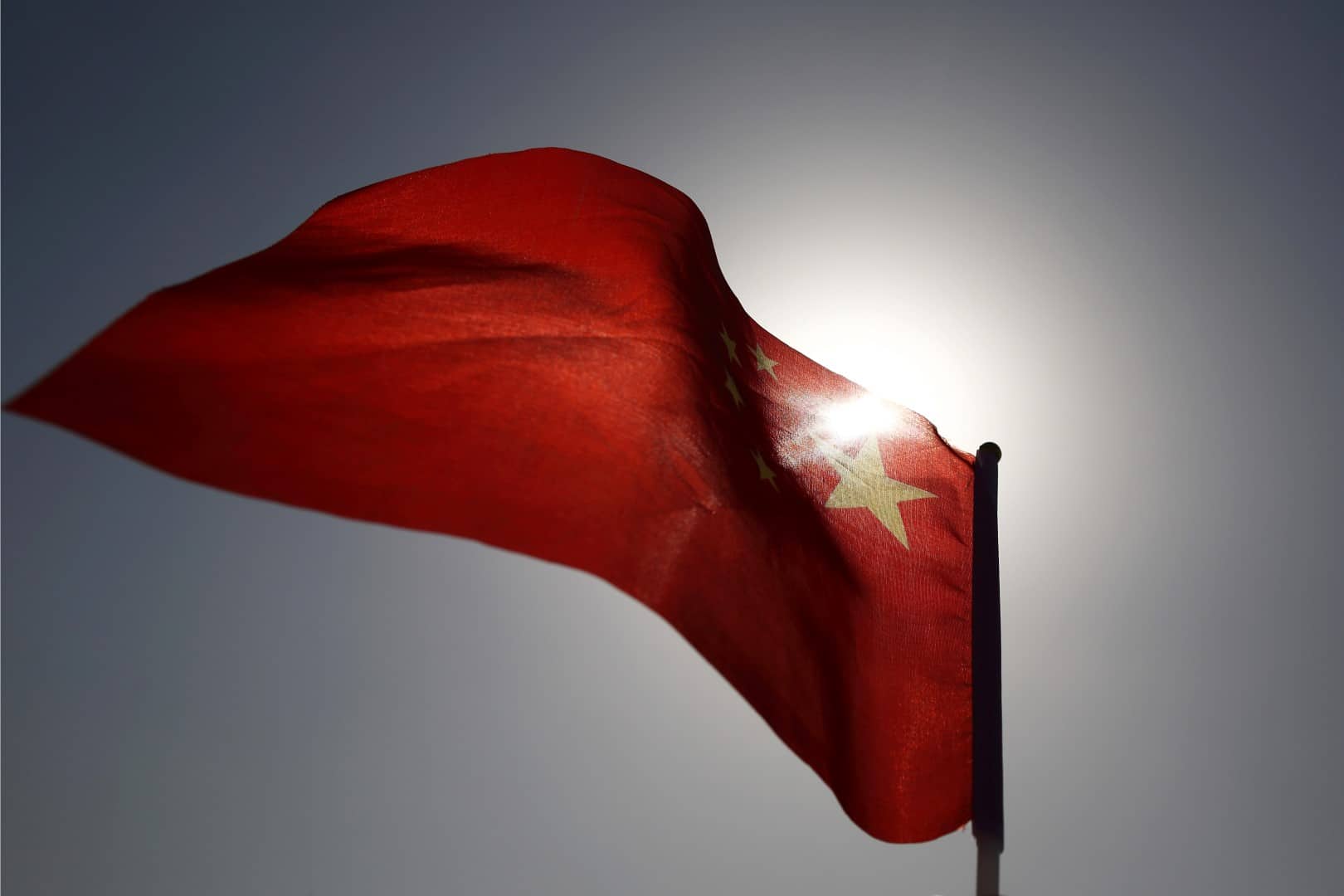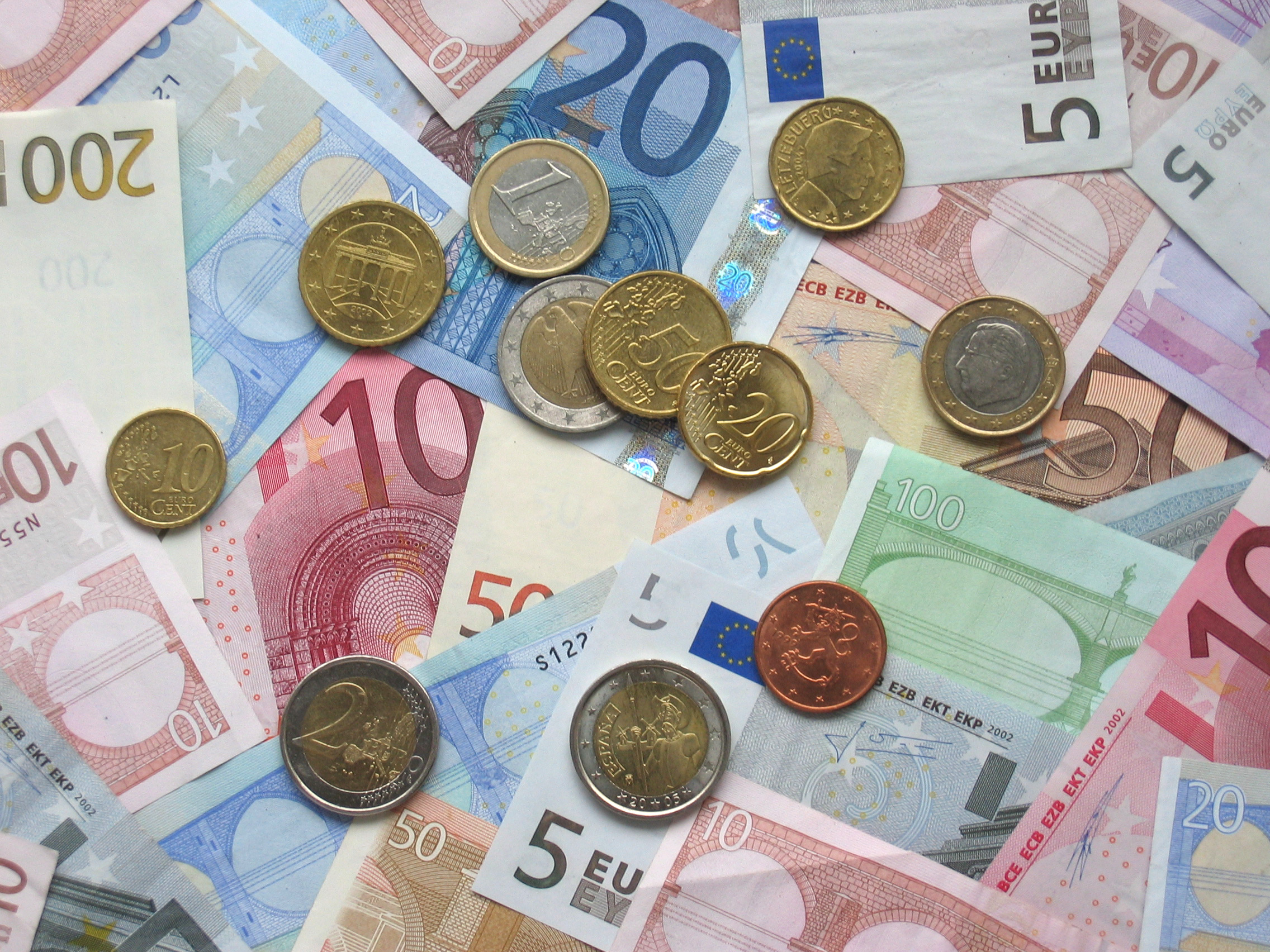This article was written by Idan Levitov, head analyst at anyoption.com.
Chinese policymakers have had an overwhelmingly challenging year as they attempt to meet government growth targets and prevent a mountain of debt from imploding.
One of the key areas of concern is trade, which has suffered considerably as the US dollar has climbed amid speculation of another rate hike in the pipeline. As policymakers work to offset the strength of the dollar with corresponding moves in the yuan, it has created problems in other areas, mainly capital exiting the country.
Unfortunately for the central government and the People’s Bank of China, conditions are not forecast to improve near-term, with the upcoming GDP report due during the Asian session on Friday expected to show the nation grew at a 6.60% annualized pace, down from the 6.70% in the first quarter. As such, the risk of further devaluation has increased notably.
Warning Off Speculators
Although the Chinese politburo spent the early days of 2016 laughing off the threat of speculators and challenging them to bet on a yuan devaluation, the speculators short the yuan ended up being on the right side of the trade. Now that the USDCNY pair has hit 5-year lows, investors have been vindicated for their prognosis, with some predicting a further 20.00% yuan devaluation over the remainder of the year.
For China’s export orientation, devaluation remains the easiest path for the nation to maintain growth at acceptable levels while working to transition towards a more mixed economic model that has a higher dependency on consumption. However, despite these stated objectives, the transition has not been forthcoming, putting added pressure on monetary policy to reverse the situation.
With officials facing a predicament of how to properly mend the economy and restore growth, the most obvious course of action is intervening in exchange rates.
The effectiveness of slashing reserve ratio requirements for the nation’s banks have only raised the risks of a bursting debt bubble by expanding outstanding credit, not necessarily helping borrowers refinance already burdensome debt. Interest rate cuts have also been unable to reverse the deceleration in growth, meaning that in spite of massive capital injections vis-à-vis fiscal stimulus, debt refinancing, and devaluation, officials have met a dead end with their activities.
Eloquently put, monetary easing only works when one country is engaging in the strategy, whereas every country utilizing the same strategy can only lead to a race to the bottom, eventually resulting in greater trade barriers and economic protectionism. The solution for policymakers, devalue more and keep capital within the borders.
Over-Invoicing Problem
In an effort to avoid an evaporation of their wealth due to devaluation of the yuan, many Chinese are turning to a number of tools to circumvent the capital controls imposed by the Central Government to avoid a mass fund exodus. Among the most popular ways to skirt restrictions only allowing $50,000 to leave China’s borders annually per person are Bitcoin
Bitcoin
While some may still be wondering what is Bitcoin, who created Bitcoin, or how does Bitcoin work, one thing is certain: Bitcoin has changed the world.No one can remain indifferent to this revolutionary, decentralized, digital asset nor to its blockchain technology.In fact, we’ve gone a long way ever since a Florida resident Laszlo Hanyecz made BTC’s first official commercial transaction with a real company by trading 10,000 Bitcoins for 2 pizzas at his local Papa John’s.One could now argue that
While some may still be wondering what is Bitcoin, who created Bitcoin, or how does Bitcoin work, one thing is certain: Bitcoin has changed the world.No one can remain indifferent to this revolutionary, decentralized, digital asset nor to its blockchain technology.In fact, we’ve gone a long way ever since a Florida resident Laszlo Hanyecz made BTC’s first official commercial transaction with a real company by trading 10,000 Bitcoins for 2 pizzas at his local Papa John’s.One could now argue that
Read this Term for individuals and over-invoicing for businesses.
According to the latest trade figures released on Wednesday, imports from Hong Kong rose by 130.00% from the outset of 2016, highlighting the sheer scale of the problem as companies use fake invoices to move capital beyond Chinese borders. In an effort to sidestep the problem, China is now trying to restore faith and credibility in the stock market as a place for citizens to invest their savings by implementing a number of confidence-building measures.
Push Back Into Stocks
In an effort to reduce the incentive to evade capital controls, officials are once again turning back to the stock market as a beacon of hope for restoring confidence in the Chinese outlook. While generally a weaker yuan would translate to upside in equities as company valuations become cheaper in relation to international peers and competitors, Chinese stocks have felt no such benefit yet.
Based on the -11.82% return of the Shanghai Stock Exchange 180 Index (SSE 180) year-to-date, stocks remain a touch-and-go issue, especially after the massive retail losses experienced last year following an exponential rally in share prices. However, in an effort to add assurances to prevent against the Volatility
Volatility
In finance, volatility refers to the amount of change in the rate of a financial instrument, such as commodities, currencies, or stocks, over a given time period. Essentially, volatility describes the nature of an instrument’s fluctuation; a highly volatile security equates to large fluctuations in price, and a low volatile security equates to timid fluctuations in price. Volatility is an important statistical indicator used by financial traders to assist them in developing trading systems. Trad
In finance, volatility refers to the amount of change in the rate of a financial instrument, such as commodities, currencies, or stocks, over a given time period. Essentially, volatility describes the nature of an instrument’s fluctuation; a highly volatile security equates to large fluctuations in price, and a low volatile security equates to timid fluctuations in price. Volatility is an important statistical indicator used by financial traders to assist them in developing trading systems. Trad
Read this Term that engulfed Chinese markets last year was the announcement that the National Council for Social Security Funds would be deploying pension funds to stock purchases in an effort to backstop the market.
While shares have been on the mend since bottoming out back in January, the questions remains as to whether or not the new strategy to bolster confidence actually works.
Company valuations have not necessarily responded positively to the devaluation, meaning that the SSE 180 may also be no haven from the devaluation storm. A further 20.00% devaluation may not necessarily translate to 20.00% upside in the SSE 180, heightening the risks as officials try and reverse the tides working against the government. However, what remains assured, is that further depreciation of the yuan will create ancillary problems in other areas, compounding policymakers’ quagmire as they attempt to revive growth from multi-decade lows.
This article was written by Idan Levitov, head analyst at anyoption.com.
Chinese policymakers have had an overwhelmingly challenging year as they attempt to meet government growth targets and prevent a mountain of debt from imploding.
One of the key areas of concern is trade, which has suffered considerably as the US dollar has climbed amid speculation of another rate hike in the pipeline. As policymakers work to offset the strength of the dollar with corresponding moves in the yuan, it has created problems in other areas, mainly capital exiting the country.
Unfortunately for the central government and the People’s Bank of China, conditions are not forecast to improve near-term, with the upcoming GDP report due during the Asian session on Friday expected to show the nation grew at a 6.60% annualized pace, down from the 6.70% in the first quarter. As such, the risk of further devaluation has increased notably.
Warning Off Speculators
Although the Chinese politburo spent the early days of 2016 laughing off the threat of speculators and challenging them to bet on a yuan devaluation, the speculators short the yuan ended up being on the right side of the trade. Now that the USDCNY pair has hit 5-year lows, investors have been vindicated for their prognosis, with some predicting a further 20.00% yuan devaluation over the remainder of the year.
For China’s export orientation, devaluation remains the easiest path for the nation to maintain growth at acceptable levels while working to transition towards a more mixed economic model that has a higher dependency on consumption. However, despite these stated objectives, the transition has not been forthcoming, putting added pressure on monetary policy to reverse the situation.
With officials facing a predicament of how to properly mend the economy and restore growth, the most obvious course of action is intervening in exchange rates.
The effectiveness of slashing reserve ratio requirements for the nation’s banks have only raised the risks of a bursting debt bubble by expanding outstanding credit, not necessarily helping borrowers refinance already burdensome debt. Interest rate cuts have also been unable to reverse the deceleration in growth, meaning that in spite of massive capital injections vis-à-vis fiscal stimulus, debt refinancing, and devaluation, officials have met a dead end with their activities.
Eloquently put, monetary easing only works when one country is engaging in the strategy, whereas every country utilizing the same strategy can only lead to a race to the bottom, eventually resulting in greater trade barriers and economic protectionism. The solution for policymakers, devalue more and keep capital within the borders.
Over-Invoicing Problem
In an effort to avoid an evaporation of their wealth due to devaluation of the yuan, many Chinese are turning to a number of tools to circumvent the capital controls imposed by the Central Government to avoid a mass fund exodus. Among the most popular ways to skirt restrictions only allowing $50,000 to leave China’s borders annually per person are Bitcoin
Bitcoin
While some may still be wondering what is Bitcoin, who created Bitcoin, or how does Bitcoin work, one thing is certain: Bitcoin has changed the world.No one can remain indifferent to this revolutionary, decentralized, digital asset nor to its blockchain technology.In fact, we’ve gone a long way ever since a Florida resident Laszlo Hanyecz made BTC’s first official commercial transaction with a real company by trading 10,000 Bitcoins for 2 pizzas at his local Papa John’s.One could now argue that
While some may still be wondering what is Bitcoin, who created Bitcoin, or how does Bitcoin work, one thing is certain: Bitcoin has changed the world.No one can remain indifferent to this revolutionary, decentralized, digital asset nor to its blockchain technology.In fact, we’ve gone a long way ever since a Florida resident Laszlo Hanyecz made BTC’s first official commercial transaction with a real company by trading 10,000 Bitcoins for 2 pizzas at his local Papa John’s.One could now argue that
Read this Term for individuals and over-invoicing for businesses.
According to the latest trade figures released on Wednesday, imports from Hong Kong rose by 130.00% from the outset of 2016, highlighting the sheer scale of the problem as companies use fake invoices to move capital beyond Chinese borders. In an effort to sidestep the problem, China is now trying to restore faith and credibility in the stock market as a place for citizens to invest their savings by implementing a number of confidence-building measures.
Push Back Into Stocks
In an effort to reduce the incentive to evade capital controls, officials are once again turning back to the stock market as a beacon of hope for restoring confidence in the Chinese outlook. While generally a weaker yuan would translate to upside in equities as company valuations become cheaper in relation to international peers and competitors, Chinese stocks have felt no such benefit yet.
Based on the -11.82% return of the Shanghai Stock Exchange 180 Index (SSE 180) year-to-date, stocks remain a touch-and-go issue, especially after the massive retail losses experienced last year following an exponential rally in share prices. However, in an effort to add assurances to prevent against the Volatility
Volatility
In finance, volatility refers to the amount of change in the rate of a financial instrument, such as commodities, currencies, or stocks, over a given time period. Essentially, volatility describes the nature of an instrument’s fluctuation; a highly volatile security equates to large fluctuations in price, and a low volatile security equates to timid fluctuations in price. Volatility is an important statistical indicator used by financial traders to assist them in developing trading systems. Trad
In finance, volatility refers to the amount of change in the rate of a financial instrument, such as commodities, currencies, or stocks, over a given time period. Essentially, volatility describes the nature of an instrument’s fluctuation; a highly volatile security equates to large fluctuations in price, and a low volatile security equates to timid fluctuations in price. Volatility is an important statistical indicator used by financial traders to assist them in developing trading systems. Trad
Read this Term that engulfed Chinese markets last year was the announcement that the National Council for Social Security Funds would be deploying pension funds to stock purchases in an effort to backstop the market.
While shares have been on the mend since bottoming out back in January, the questions remains as to whether or not the new strategy to bolster confidence actually works.
Company valuations have not necessarily responded positively to the devaluation, meaning that the SSE 180 may also be no haven from the devaluation storm. A further 20.00% devaluation may not necessarily translate to 20.00% upside in the SSE 180, heightening the risks as officials try and reverse the tides working against the government. However, what remains assured, is that further depreciation of the yuan will create ancillary problems in other areas, compounding policymakers’ quagmire as they attempt to revive growth from multi-decade lows.






















